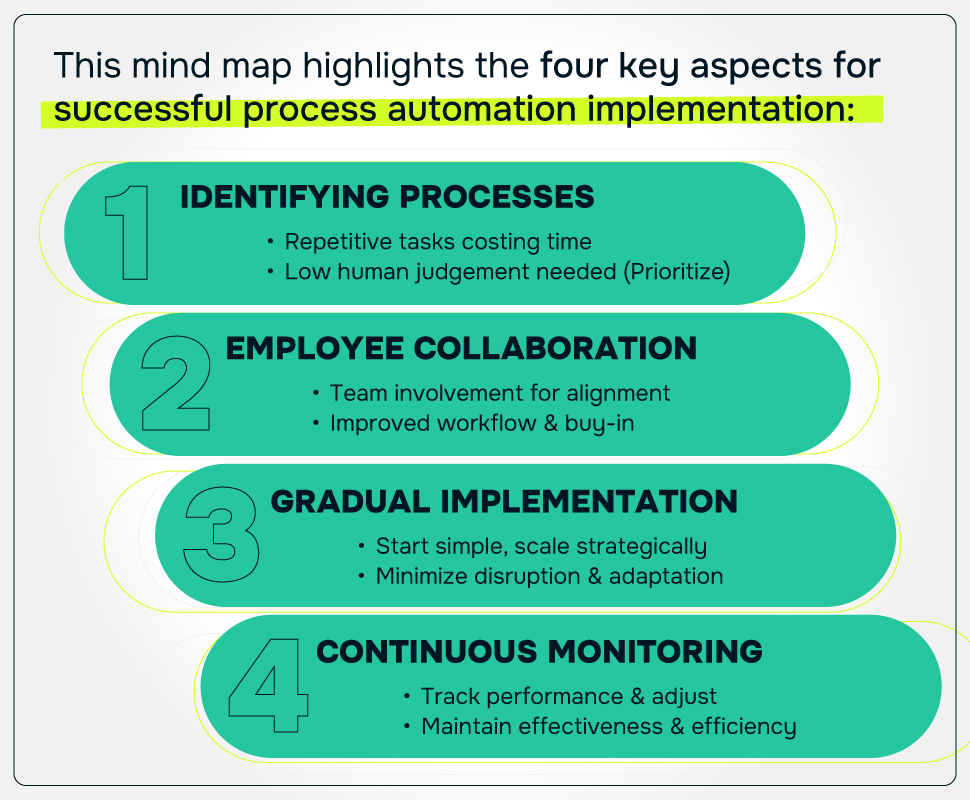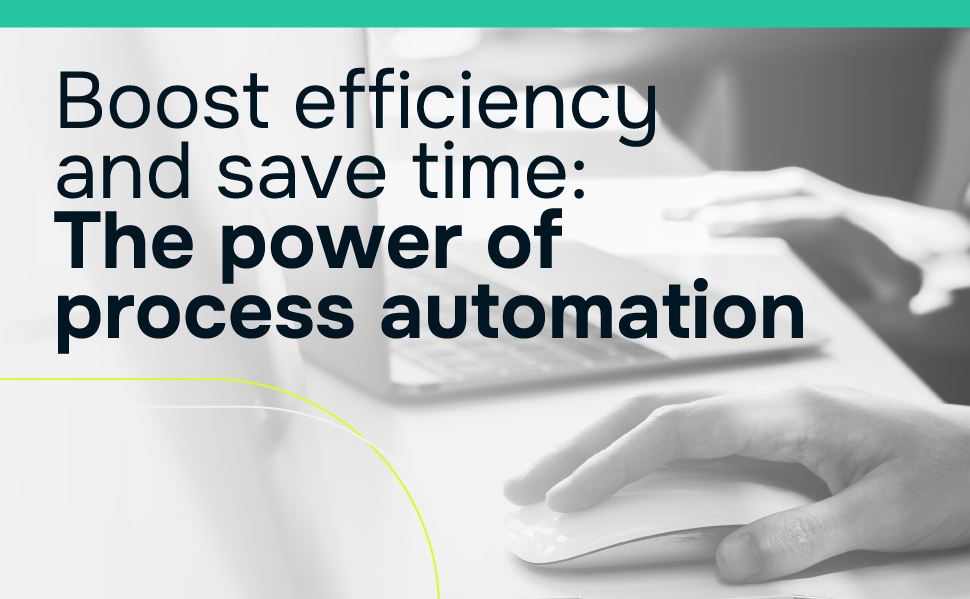The tech world thrives on agility, and here at Giga IT, we’re all about fostering an environment where innovation can flourish. As your HR Director, I‘m constantly looking for ways to empower our team and unlock their full potential. That’s why I‘m so excited about the game-changing impact of process automation.
The first rule: Work smarter, not harder
Let’s be honest, no one thrives on repetitive tasks. Our team in Giga IT is packed with brilliant minds – strategic thinkers, problem-solvers, and creative forces. But all too often, they find themselves bogged down by paperwork, data entry, and other monotonous processes. This is where automation steps in. It’s not just about efficiency; it’s our secret weapon for freeing up our team’s time and energy, allowing them to focus on what they do best: bringing their A-game to work every day.
Boosting efficiency, one process at a time
Imagine a world where mundane tasks handle themselves, freeing up your team to focus on what truly matters. Automation delivers a multitude of benefits:
- More time for strategic work: No more drowning in repetitive tasks. Automation takes care of the mundane, allowing your team to focus on high-value activities like talent development, strategic planning, and fostering a positive work culture.
- Fewer errors, better results: Human mistakes happen, but automation minimizes them. By automating tasks, we ensure accuracy and consistency, leading to higher quality work and fewer headaches.
- Cost savings and resource optimization: Automation streamlines processes, reduces time spent, and requires fewer resources. This translates to cost savings and a more efficient allocation of your team’s incredible talent.
- Happier, more engaged employees: When your team is freed from repetitive tasks, they’re more engaged and motivated. They can focus on what they do best, leading to increased job satisfaction and a happier workforce.
Harnessing the power of automation
In the rapidly evolving digital landscape, leveraging automation is no longer a luxury but a necessity for businesses aiming to enhance efficiency and stay competitive. Automation, when implemented strategically, can transform mundane tasks into streamlined processes, allowing employees to focus on more impactful and creative aspects of their roles. This guide outlines key strategies to harness the full potential of automation. From identifying the right processes to ensuring continuous improvement, these steps will help you seamlessly integrate automation into your operations, maximizing its benefits while empowering your team. Let’s explore how we can make automation an integral part of your business success.

Identifying the Right Processes: Let’s work together to pinpoint the repetitive tasks that are holding us back. We’ll prioritize processes that consume a significant amount of time and offer a low need for human judgment. This ensures that automation tackles the areas where it provides the most value.
Employee Collaboration is Key: Automation shouldn’t feel like a replacement for your team; it should be a tool that empowers them. We’ll involve your team in the process, ensuring the automation aligns with their needs and improves their workflow. After all, their buy-in is crucial for successful implementation.
Gradual Implementation Wins Big: Let’s start small and scale strategically. By starting with simpler processes and working our way up to more complex ones, we can minimize disruption and ensure a smooth transition. We can learn and adapt along the way, making the most of automation.
Continuous Monitoring and Improvement: Automation isn’t a “set it and forget it” solution. We’ll continuously monitor the performance of automated processes, making adjustments to ensure they remain effective and efficient. This way, our automation keeps pace with our ever-evolving business needs.
Best practices for implementing automation
Implementing process automation in your organization requires a strategic approach to ensure maximum effectiveness and efficiency. Start by identifying the most critical and repetitive processes that can benefit from automation. These are often the tasks that consume a significant amount of time and are prone to human error. Engaging employees in the automation process is crucial; their input ensures that the automation meets their needs and enhances their work experience. Begin with simple processes and gradually scale up to more complex ones to minimize disruption. Continuous monitoring and improvement of automated processes will ensure they remain effective and adapt to any changes in the business environment.
To successfully automate processes, it’s essential to understand the specific needs and objectives of the business, ensuring that automation aligns with these goals. Mapping out the entire process and its workflow can help identify areas that can be automated, streamlining the implementation process. Careful planning and execution are necessary to ensure that automation integrates smoothly with existing systems and processes. Analyzing pain points and opportunity areas will help prioritize which processes to automate first, focusing on those that will have the greatest impact. This strategic approach will optimize resource allocation and enhance overall business performance.
Efficiency and innovation through automation
Staying competitive requires agility and a commitment to continuous improvement. Process automation emerges as a powerful tool for businesses seeking to streamline operations, empower their workforce, and unlock hidden potential.





0 Comments